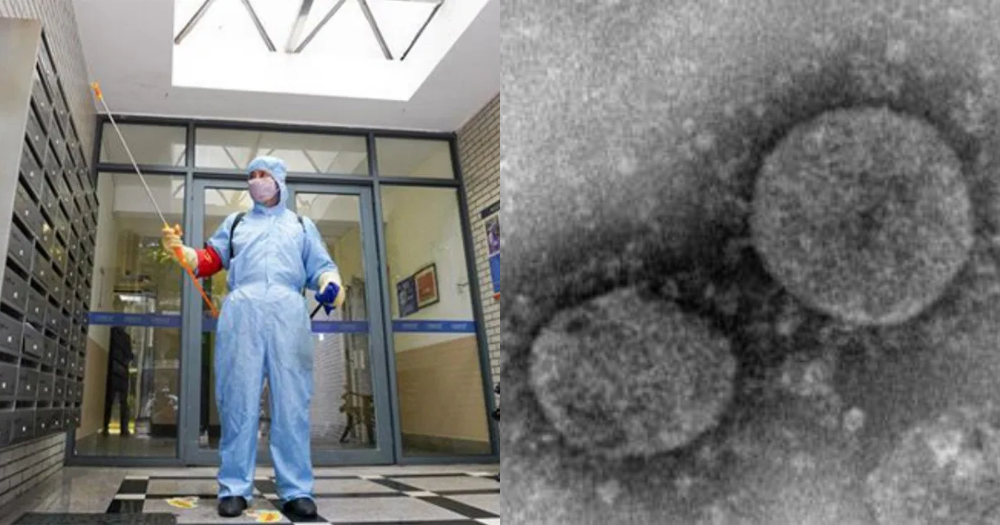A Shanghai official said on Saturday, Feb. 8 that the coronavirus has been confirmed to be able to spread through aerosol transmission, or infection by air.
However, the following day, a medical expert from China's Center for Disease Control and Prevention said that there is no definitive answer to whether the virus can be spread through aerosol form yet.
So far, all claims about aerosol transmission have been reported only by Chinese state media, the English-language newspaper China Daily.
Different forms of transmission
Experts explained the three types of possible transmission vectors for the coronavirus:
- Direct transmission (confirmed), infection caused by inhalation of air near an infected individual who sneezes or coughs
- Contact transmission (confirmed), infection caused by touching an object that has virus-infected droplets, and then touching the mucus membranes of the mouth, nose, or eyes
- Aerosol transmission (disputed), infection caused by inhaling the virus, which has mixed with droplets in the air to form aerosols that float for longer periods of time, as long as several days
Mixed messaging about aerosol transmission
Zeng Qun, the deputy head of the Shanghai Civil Affairs Bureau, said on Saturday, Feb. 8 that the coronavirus had been confirmed to be able to be transmitted through direct transmission, contact transmission and aerosol transmission.
However, Feng Luzhao, a researcher with the Chinese Center for Disease Control and Prevention, said in a press conference on Sunday, Feb. 9 that there is no evidence showing that the new virus can be contracted via aerosols.
In addition, China's National Health Commission reminded the public on Sunday (Feb. 9) that transmission of the coronavirus through routes such as aerosols and digestive tracts have yet to be confirmed.
"Most confirmed cases of the novel coronavirus pneumonia can be traced to close contact with previously confirmed patients, according to our epidemiological investigations", it said in a WeChat post.
Similarly, Feng stated that there is no need for the public to panic, and that the most common transmission route of the virus is through direct transmission.
He also said that the chance is relatively low of being infected by the virus through consuming fruits and vegetables contaminated by the virus, either through direct transmission or contact transmission.
Aerosol transmission rare, say doctors
According to China Daily, doctors said that while many respiratory disease viruses are transmitted via aerosols, that kind of transmission rarely occurs in open areas.
This is because the density of the virus particles is diluted by the air, and there are other substances in the air such as UV rays and "free radicals with strong oxidation properties", which reduce the toxicity of the virus.
The possibility of aerosol transmission would pose a greater threat to front line medical workers, rather than to the general public.
This is because some medical devices, such as respirators and atomisers, generate aerosols, according to Shen Yinzhong, director for infectious diseases at the Shanghai Public Health Clinical Center.
Doctors said that aerosol transmission of a virus will only cause infection if people enter an enclosed space, giving the example of an elevator recently used by a person infected with the virus who had coughed a lot.
Thus, they reminded the Chinese public to wear masks at all times while in public and to avoid poorly ventilated places as much as possible.
In addition, China Daily reported, the Chinese government has encouraged residents to open windows to increase ventilation, practice good personal hygiene, and regularly disinfect their homes.
Top image via National Microbiology Data Centre and Xinhua.
If you like what you read, follow us on Facebook, Instagram, Twitter and Telegram to get the latest updates.
